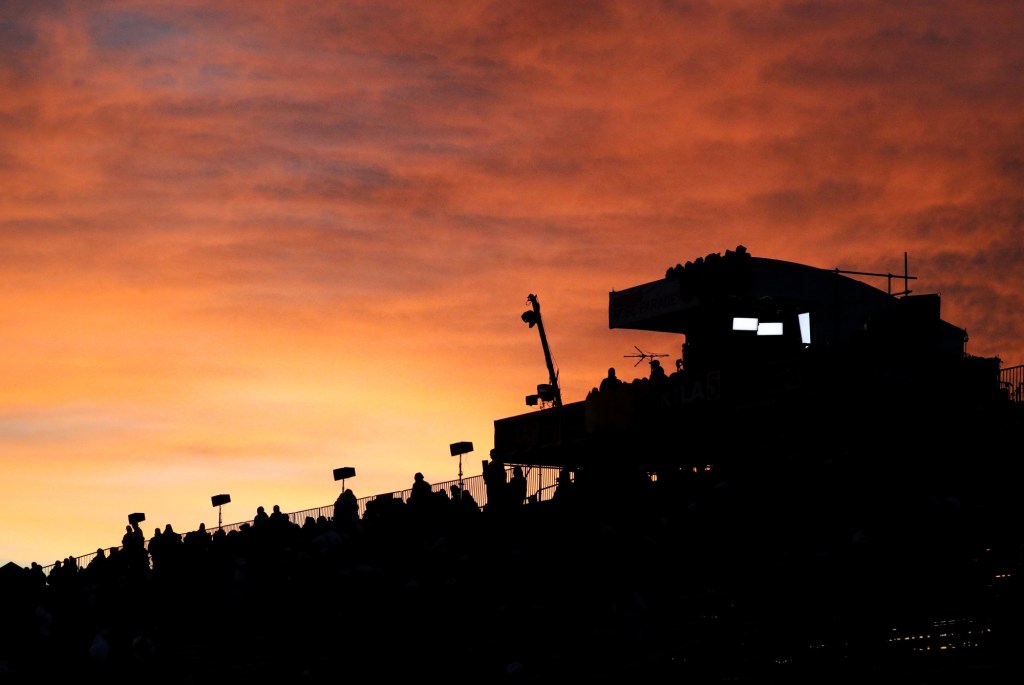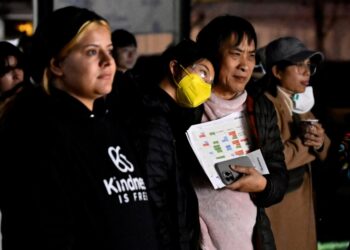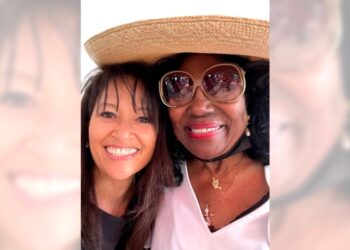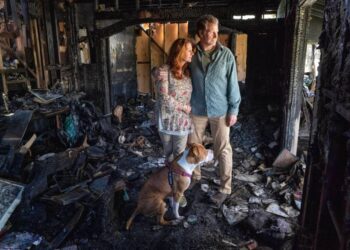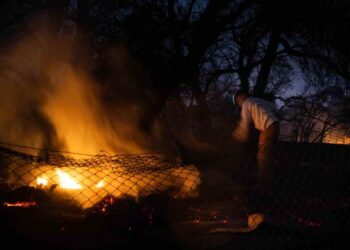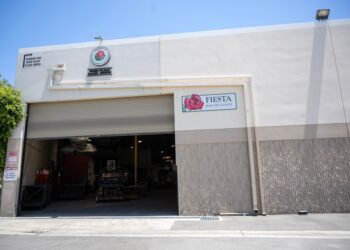Ten times. Just 10 times in 134 years, with a sprinkling of close calls, has it rained on the Rose Parade.
The chain of dry days over the generations has elevated to something of mythos status in the folklore of the famous Jan. 1 event. Ask some folks involved with the flowery, 5.5-mile procession and you might even get back a moment of silence or push back from those who don’t want to talk about it.
After all, talk about it and you might bring some kind of jinx – a curse that would open the flood gates of the heavens on all the pretty flowers, the hours of work, the hours of design that went into it all.
This story itself might be a curse.
Many New Years Days come around with maybe some drama over a forecast of a little moisture, but in the end, the coast, as they say, is usually clear. It has been clear since 2006. And the parade — from its grand marshals to marching bands to hundreds of thousands of spectators — enjoy a day of weather that lives up to the Southern California climate hype, albeit with sometimes threatening skies.
But why? Why does it rarely rain on this parade?
Well, it’s no secret that the climate in Pasadena — that’s 34.14°N 118.15°W (elevation 797 feet), for those of you keeping score — makes it an ideal spot for a parade.
There are theories about the influence of annual weather systems that bring the wet stuff to the area. But in the end, there is not necessarily a big, grandiose explanation.
“It’s just the luck of the draw,” said Rich Thompson, a National Weather Service meteorologist.
Thompson noted that Jan. 1 just happens to come in a pocket of time between storms, which signal the beginning of the heart of the region’s rainy season but is not the thick of that season.
His colleague at the NWS put it another way.
“At this point of the season, our average average chance of rain is around 11%,” said Mike Wofford, meteorologist. “That means, on any given day, we have about an 11% chance of rain, and…
Read the full article here

